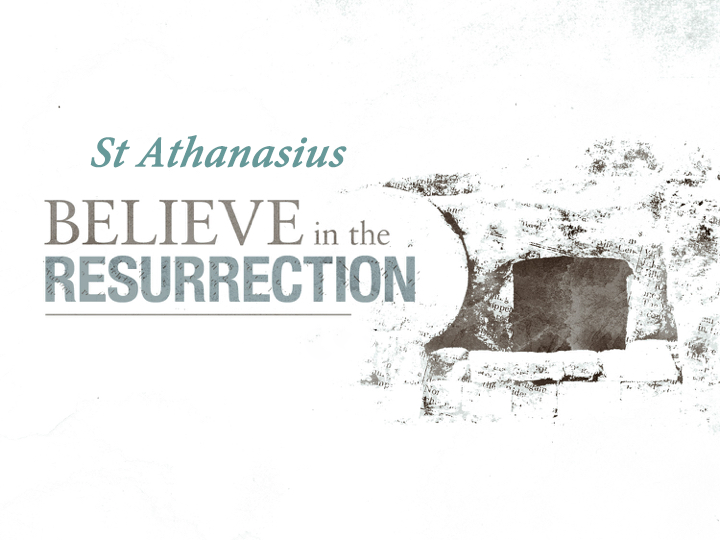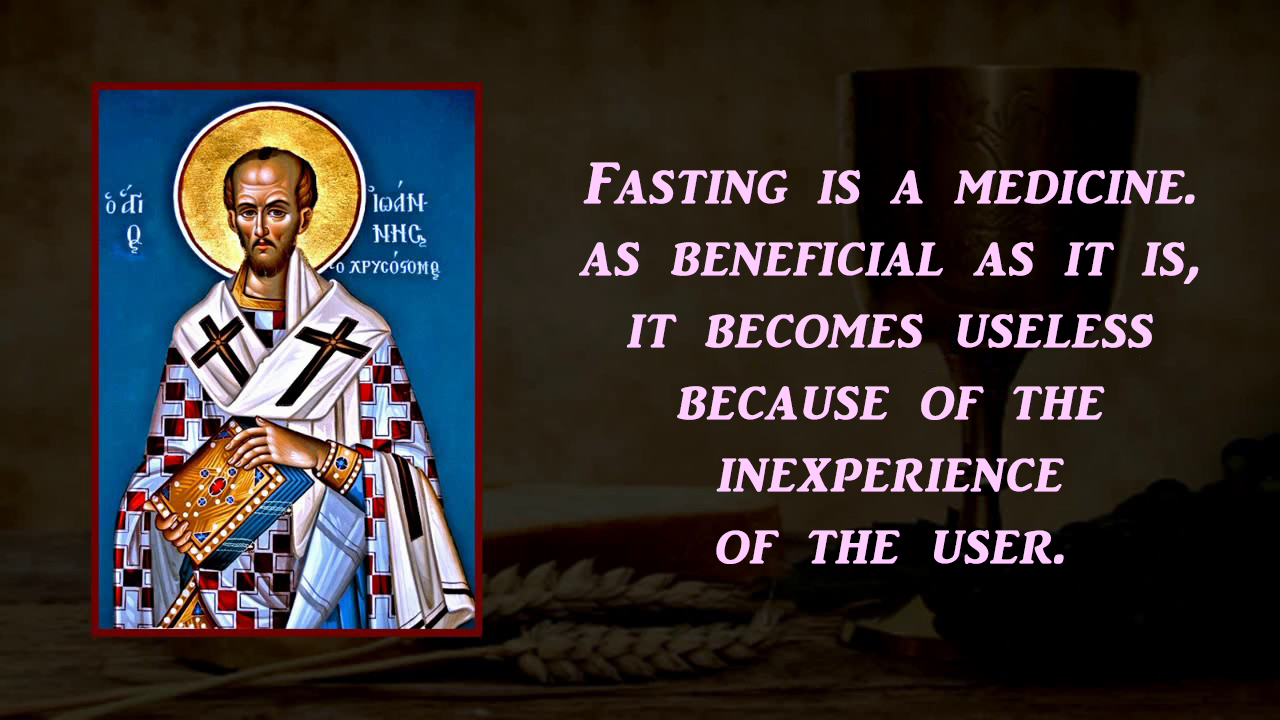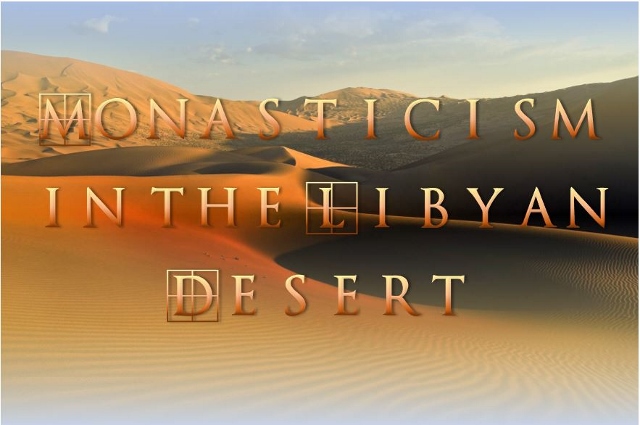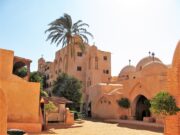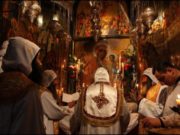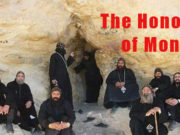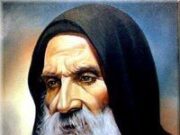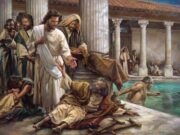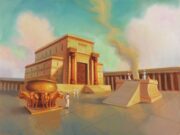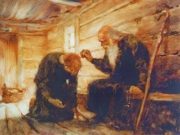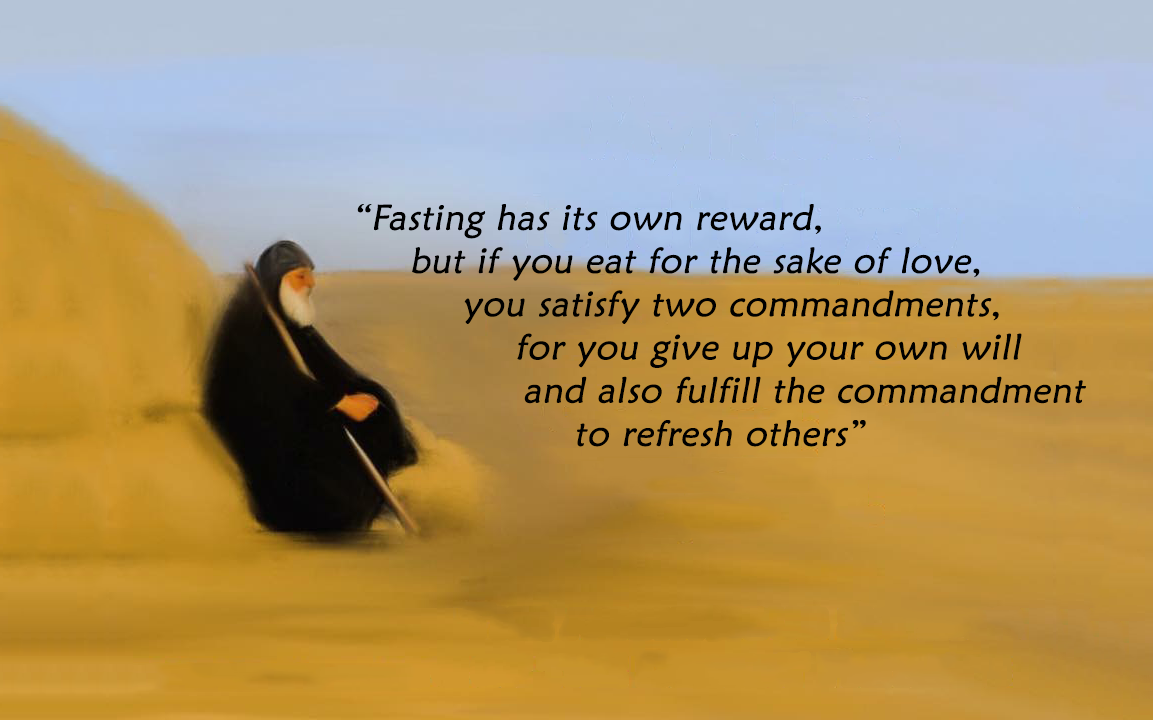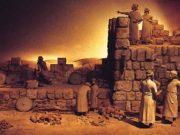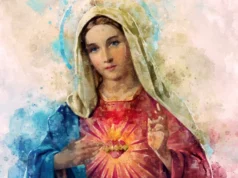Tradition has bestowed on Antony and Pachomius the status of founders of early Egyptian monasticism. They serve as the movement’s primary icons; Antony represents the anchoritic model of the ascetic life, Pachomius its coenobitic form. Antony’s earlier date has fashioned him as the individual representative of monastic origins. His discovery of the “ascetic” desert, marks the beginning of the movement, and the withdrawn anchoritic life becomes its initial form of ascesis. This understanding of the origins of Egyptian monasticism depends in large part, however, on the widespread success of the purposeful biography of Antony published by the Alexandrian archbishop Athanasius. It is Athanasius who links ascetic practice so intimately with the discovery of the desert. In the Vita Antonii, he fashions the desert as the telos, or final [locational] goal, of male ascetic formation! From his family home within his village, to the outskirts of the village, to nearby tombs, to a deserted fortress in the nearer desert, to the further desert along the Red Sea, Antony’s ascetic progress is marked by a movement away from his village, away from the oikoumene, into the desert. The desert is the location of Antony’s ascetic perfection and the source of this ascetic power. His subsequent returns to the oikoumene are simply occasions for using his ascetic power on behalf of an ecclesiastical polity defined by Athanasius. The success of Athanasius’s Vita Antonii made the desert the trade mark of Egyptian asceticism. True ascetics were desert ascetics. The power of the equation is seen in the tendency of authors to enroll later ascetics, regardless of the location of their cells or monasteries, as citizens of Athanasius’s new ascetic city rising in the desert
Pachomius too became an inhabitant of this city. Later authors interpret his coenobitic experiment as a secondary development born out of the original anchoritic model Its origins too were understood to lie ultimately with Antony and the desert. While it is true that Pachomius began his ascetic career as an anchorite under the desert ascetic Palamon, it is seldom acknowledged that his coenobitic innovation occurred through his withdrawal from the desert. In fact, his orientation to the oikoumene and its villages was quite distinct from that of Antony. Rather than moving in a direction that led ever further away from the village into the desert, Pachomius, in his ascetic career, never left the fertile Nile valley. He always moved within the sphere of the village, and his innovations occurred precisely through his return to and use of the village.
The Pachomian dossier suggests that Pachomius first came into contact with Christians as an imprisoned military conscript in Thebes around 312 CE. He was amazed at the kindness of strangers who came to the prison to encourage the conscripts and give Page 5 them food He struck a deal with God that night in prayer promising to serve him and humankind all the days of his life should he be freed from prison. Released after Licinius’s defeat of Maximinus Daia in 313, he proceeded to the village of Seneset where he was baptized. He remained in the village and served the people, in part by gathering wood for them from the nearby acacia forests. Eventually, he decided to embrace more fully the ascetic life and apprenticed himself under the old anchorite Palamon, who lived on the outskirts of the village of Seneset in a small patch of “interior” desert surrounded by fertile land. Palamon was not a withdrawn desert anchorite of the type represented by the perfected Antony of Athanasius’s Vita Antonii, but an ascetic who lived on the edge of the village within the fertile valley. He is more akin to the old village ascetic whom Antony first emulated or to Antony himself in his initial ascetic withdrawal to “the places close to the village” The fact that Palamon lived in a desert has little bearing on his social connection with the village, since his desert was simply a barren patch of land in the fertile valley adjacent to the village.
Pachomius remained with Palamon for seven years and continued his trips through the acacia forests. The Vita Pachomii reports that on one such trip he wandered ten miles south to the shore of the Nile River where he discovered the “deserted village” of Tabennese It was the opportunity offered by his chance discovery of the deserted village that led to his decision to remain and build a monastery. Unlike Antony, Pachomius’s ascetic vocation was not fulfilled by withdrawing further into the desert. He did not move from his initial location near his village deeper into the desert to distance himself further from society. His ascetic career moved him in exactly the opposite direction. Pachomius finds ascetic perfection in his return to the village, albeit a deserted village on the shore of the Nile.
Ascetics were masters in the reuse of deserted space, and Tabennese, if indeed it was deserted, offered ready space and housing for an emerging ascetic community Its location on the shore of the Nile made it particularly attractive in terms of the projected needs of such a community. Fertile land for vegetable gardens and the water necessary for their irrigation were immediately available, as were the materials required for the traditional monastic work of basket and mat weaving. Commercial markets for the monks’ handiwork were close by, and the Nile offered a ready means of transportation. In fact, the subsequent expansion of the Pachomian koinonia into a system of affiliated monasteries spread over 175 kilometers between the towns of Smin (Panopolis) and Sne (Latopolis) is difficult to imagine apart from the ease of transportation offered by the river. In the later periods of the movement, agricultural holdings outside of the monasteries proper were added, and farming and irrigation regulations became an essential part of the community’s rule as the community grew in size and wealth, its markets expanded and its use of the Nile increased.
Eventually, shipbuilding occurred within the monasteries, and monks sailed not only between the communities in Upper Egypt, but also to and from Alexandria, and possibly to Constantinople. The subsequent growth of the koinonia’s agricultural and commercial dealings was a natural result of the original village orientation of the movement. A truly desert movement could not have been so active in the common affairs of the society.









